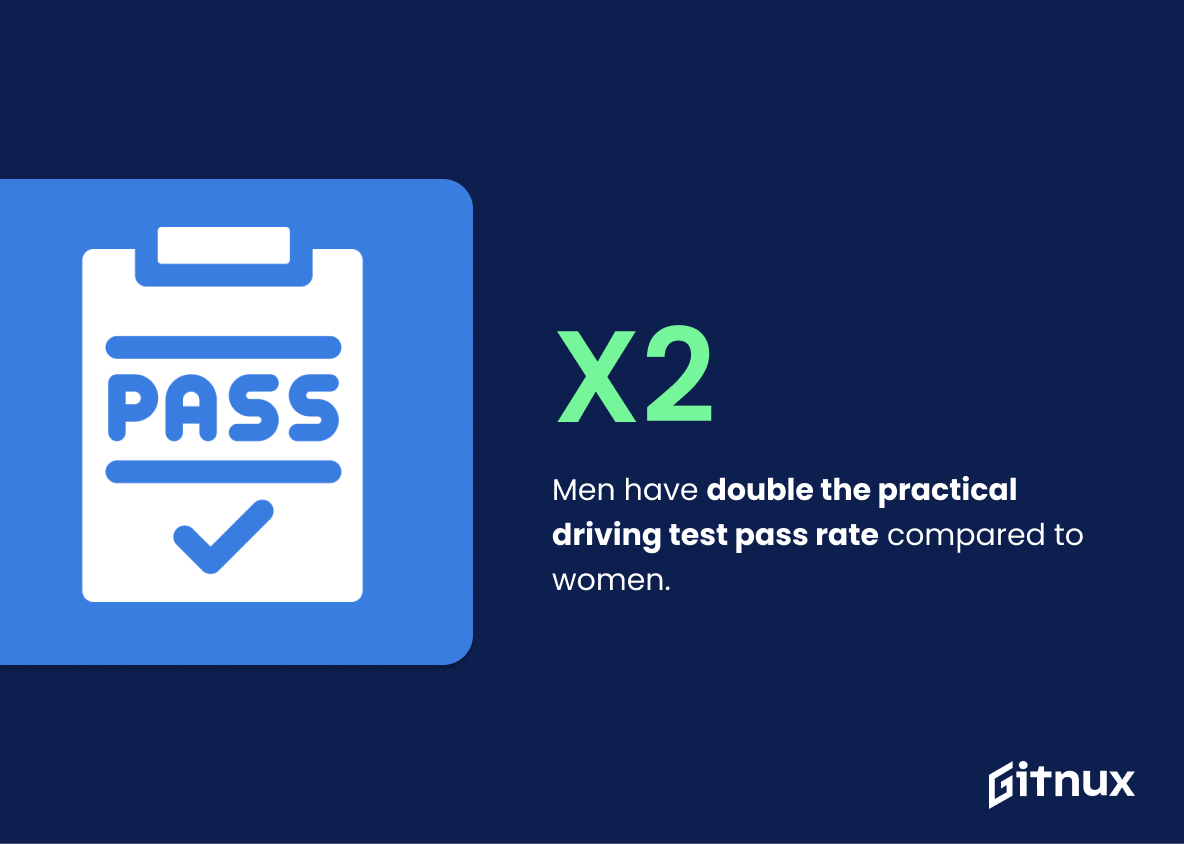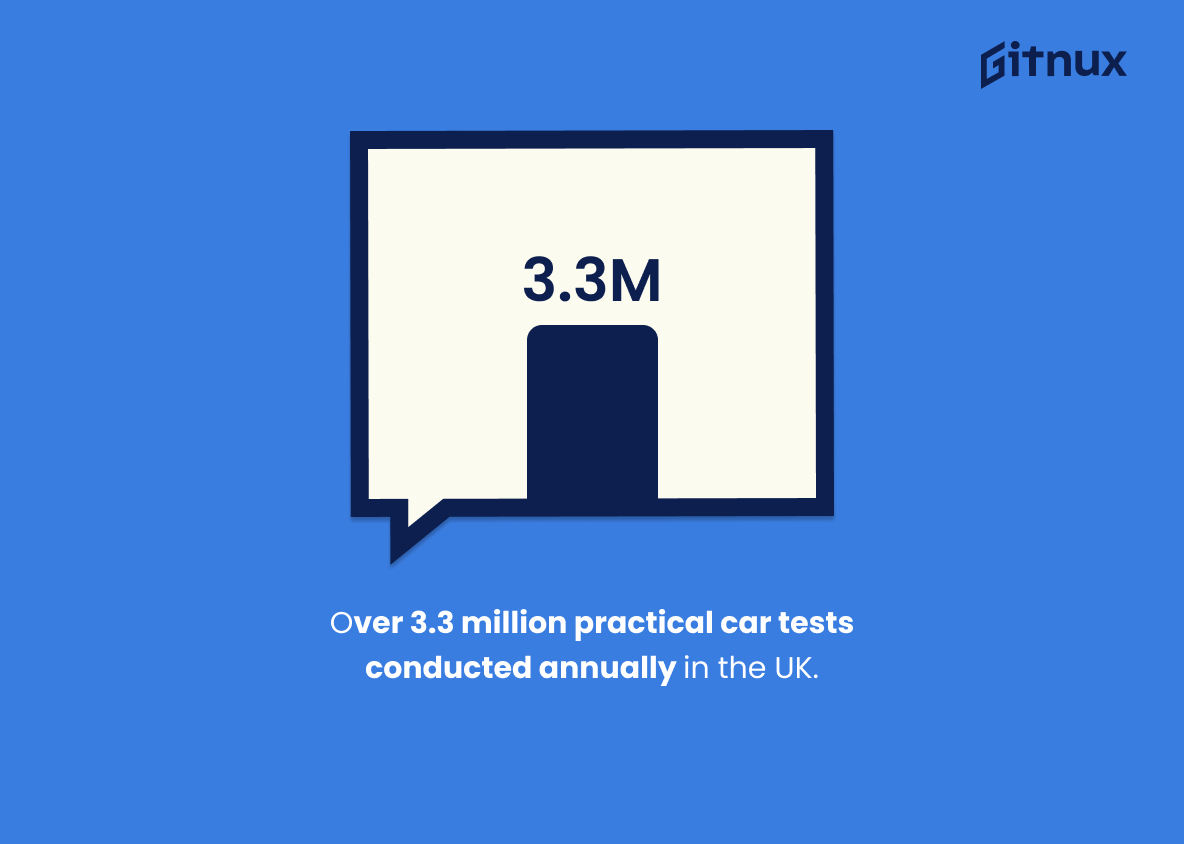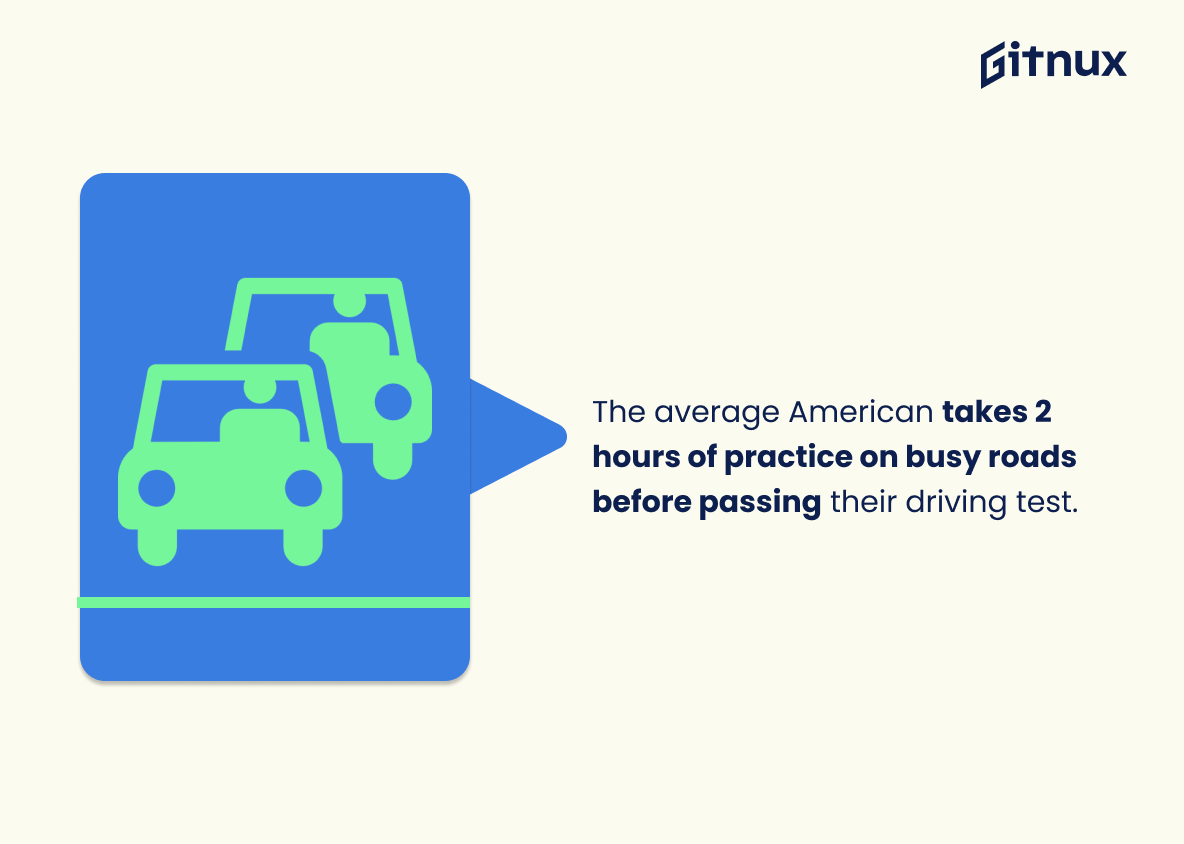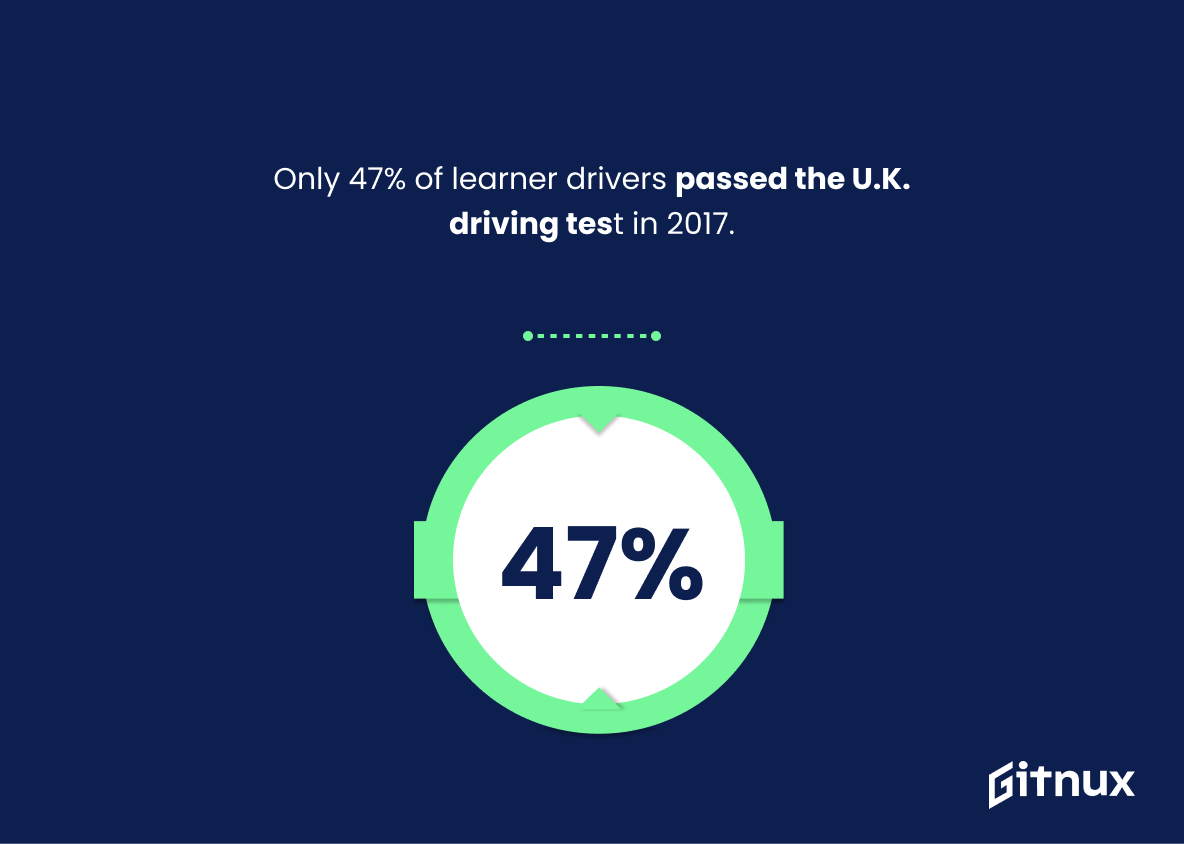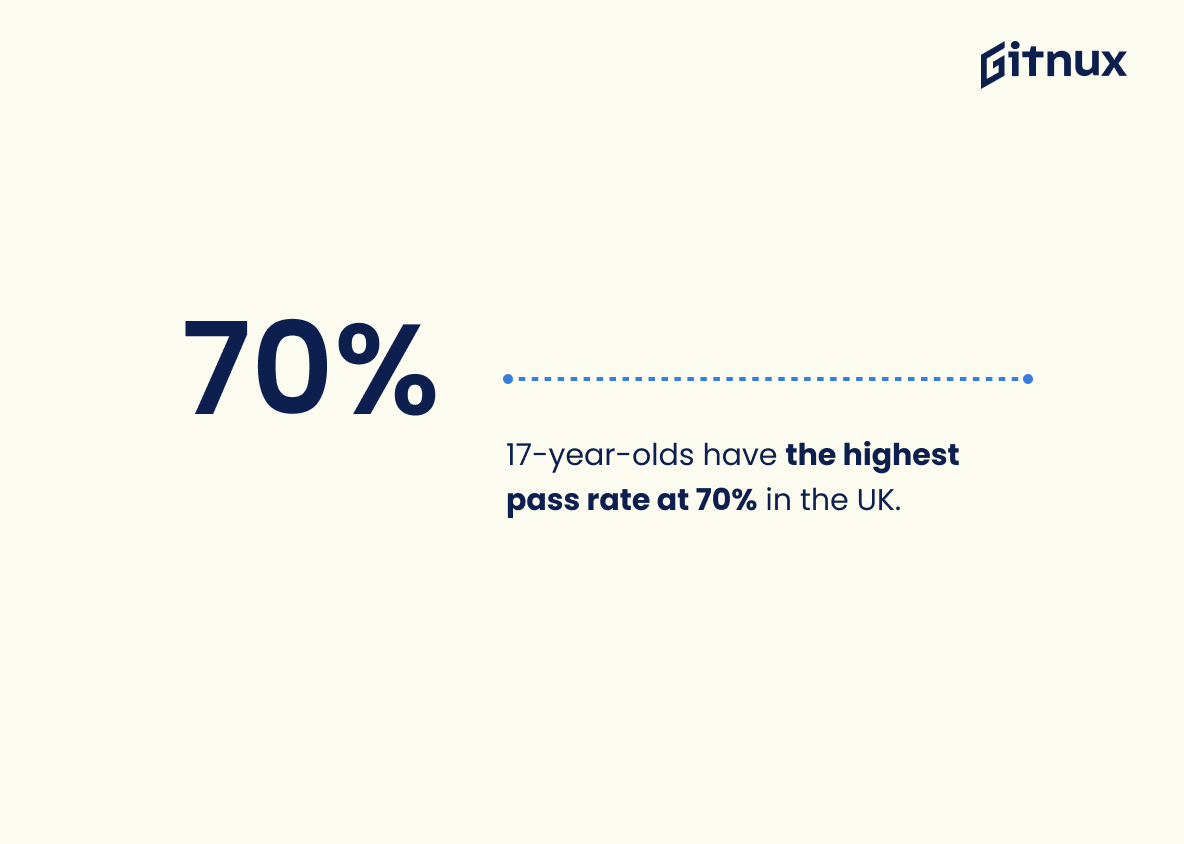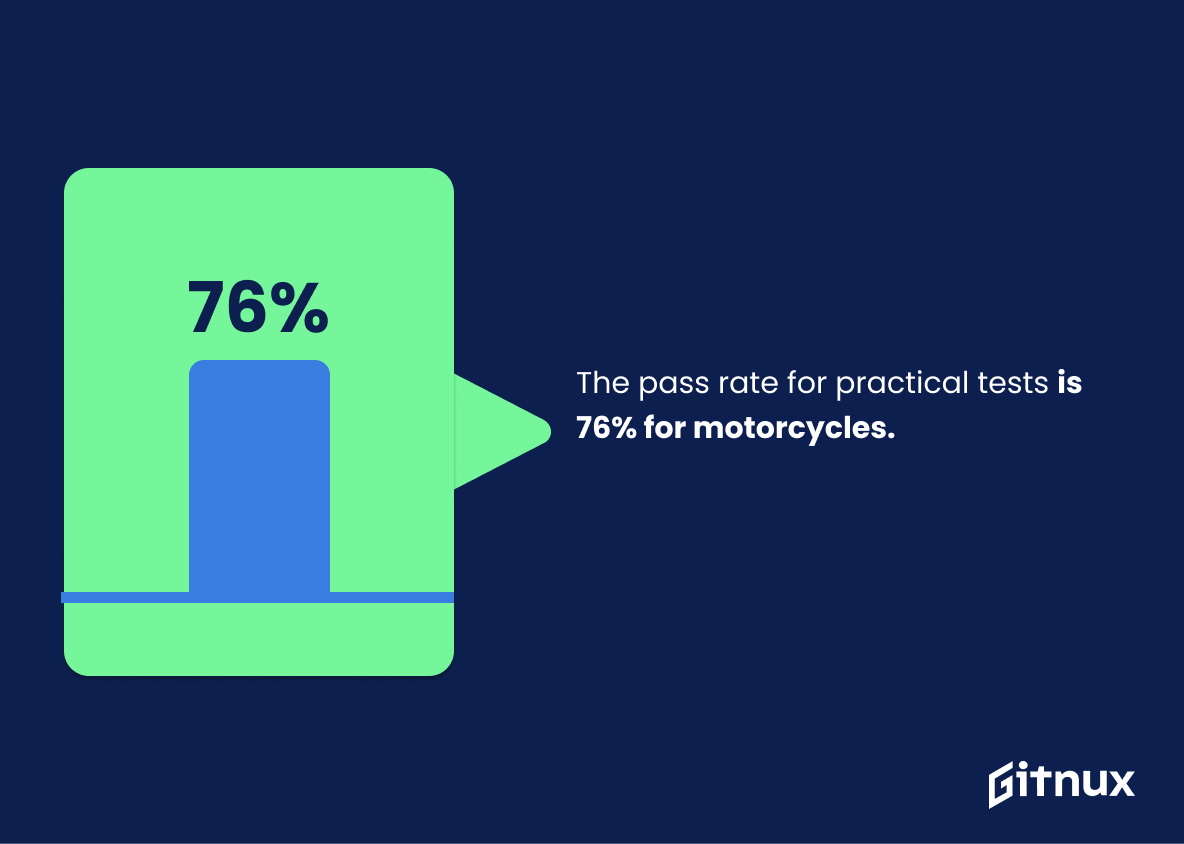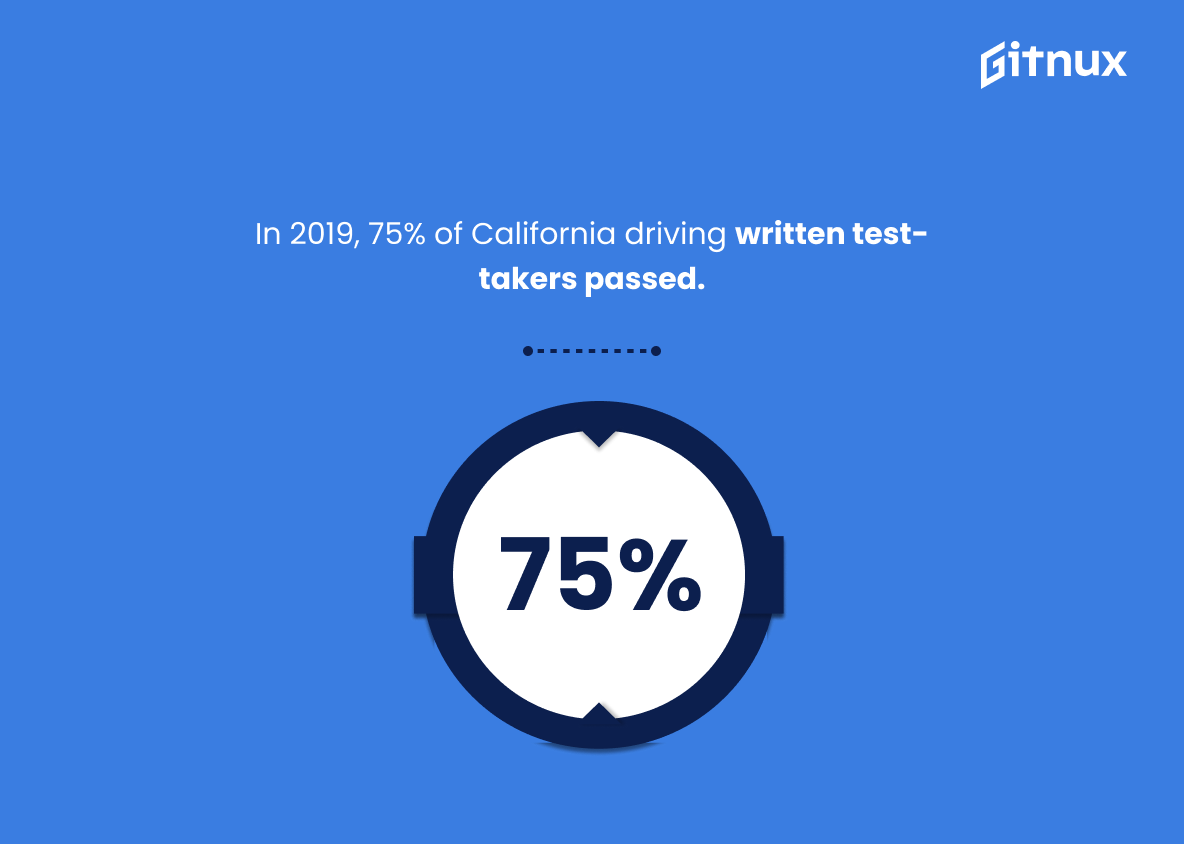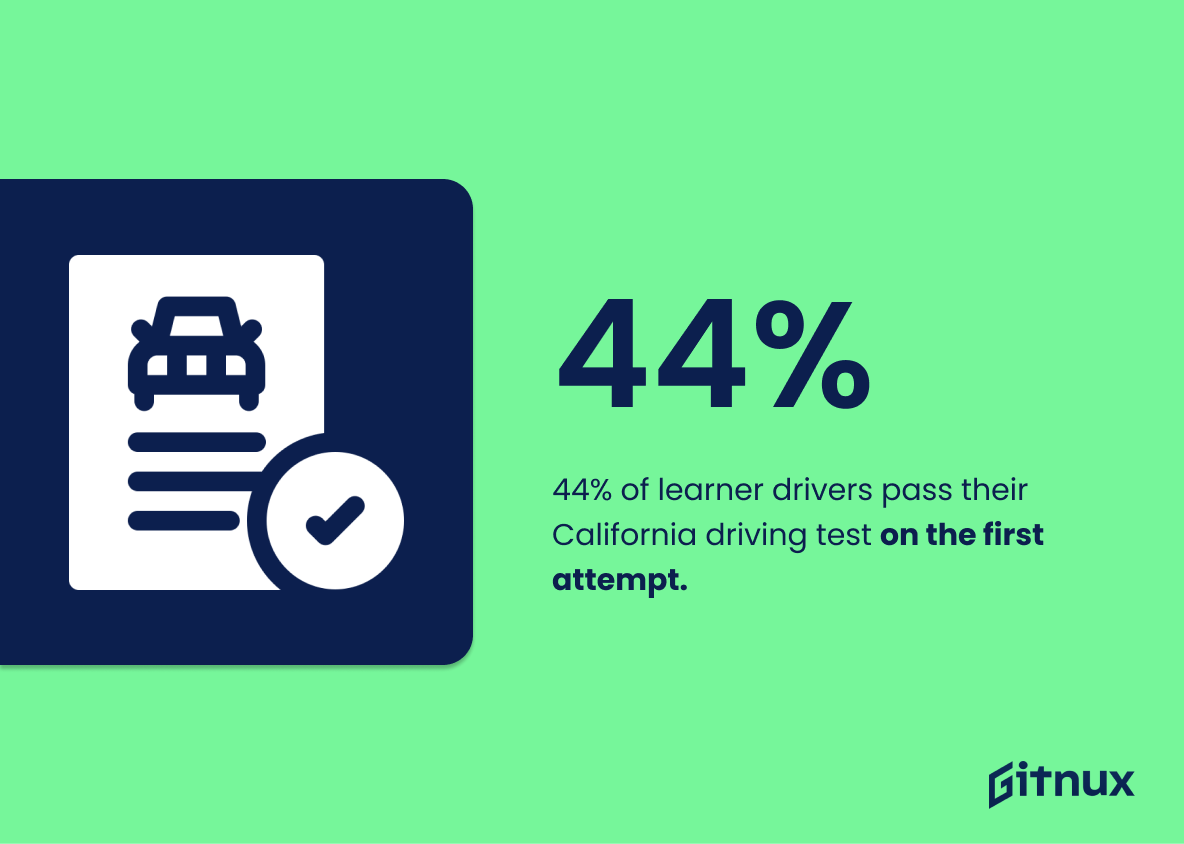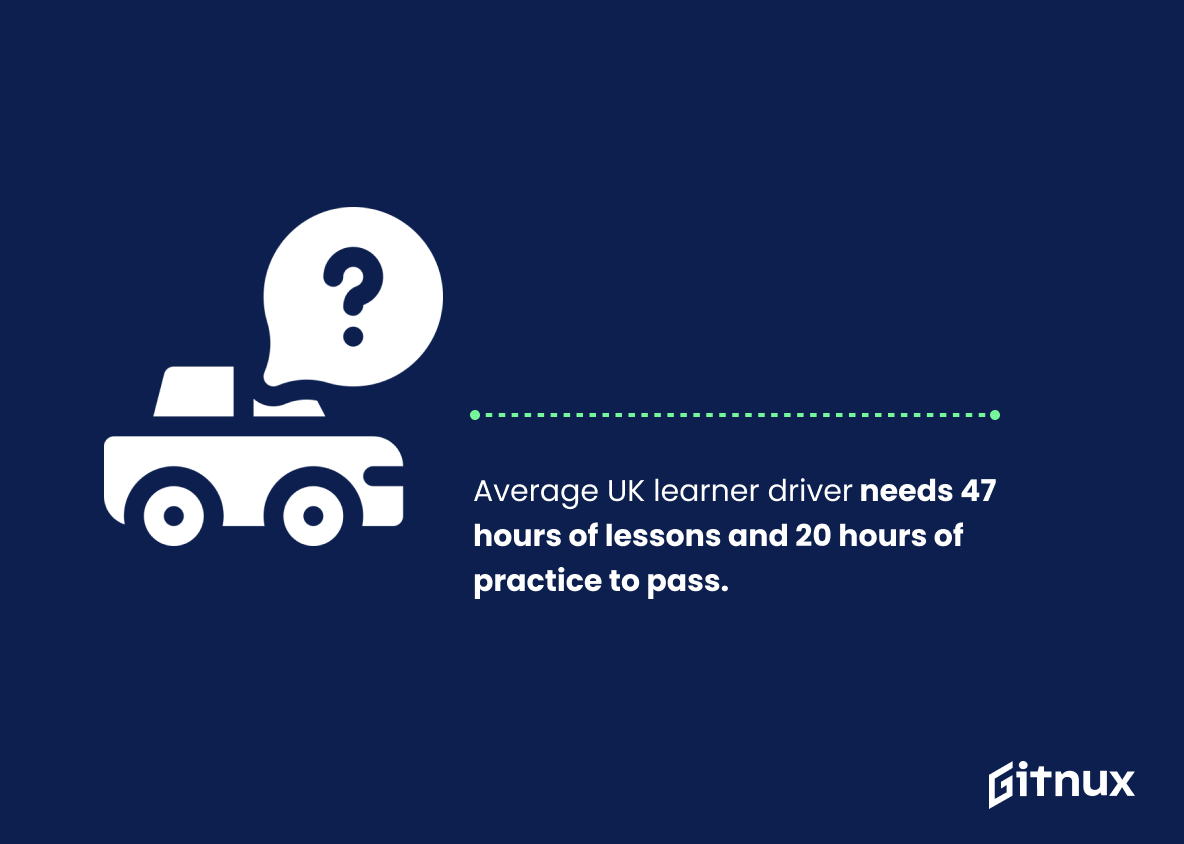Are you ready to take the driving test? It can be a nerve-wracking experience, but it’s important to know what statistics are associated with passing or failing. In this blog post, we’ll explore 20 different driving test statistics from around the world that will help give you an idea of how likely you are to pass your own exam. From first attempt success rates and age demographics to failure reasons and average lesson times – get ready for a comprehensive look at all things related to taking (and hopefully passing) your driver’s license exam.
This statistic is a telling indication of the difficulty of passing a driving test on the first attempt. It highlights the importance of being adequately prepared and having a good understanding of the rules of the road before taking the test. It also serves as a reminder that even if you don’t pass the first time, there is still a good chance of success on the second attempt.
8 out of 10 new drivers fail their written driving tests
This statistic is a stark reminder of the importance of studying and preparing for a written driving test. With such a high failure rate, it is clear that new drivers need to take the time to understand the rules of the road and the regulations of their state before taking the test. This statistic serves as a warning to those who may be tempted to take the test without proper preparation, as the consequences of failing can be costly and time-consuming.
Driving Test Statistics Overview
Men are twice as likely to pass the practical driving test compared to women.
This statistic is a telling indication of the gender gap in driving test success. It highlights the need for further investigation into the reasons why men are more likely to pass the practical driving test than women. This could be due to a variety of factors, such as differences in driving experience, confidence levels, or even the way the tests are conducted. Understanding the underlying causes of this discrepancy is essential in order to ensure that all drivers have an equal chance of success.
There are more than 3.3 million practical car tests conducted each year in the UK.
This statistic is a testament to the sheer number of drivers on the roads in the UK. It highlights the importance of ensuring that all drivers are adequately tested and qualified to drive safely and responsibly. It also serves as a reminder of the importance of taking the driving test seriously and preparing for it thoroughly.
70% of drivers on U.S. roads would fail the written test if they were to take it again.
This statistic is a stark reminder of the importance of staying up-to-date on driving regulations and safety protocols. It highlights the need for drivers to continually refresh their knowledge and skills in order to remain safe on the roads. It also serves as a warning to those who may be tempted to take shortcuts when it comes to studying for their driving tests.
The average American takes 2 hours of practice on busy roads before passing their driving test.
This statistic is a testament to the importance of practice when it comes to passing a driving test. It highlights the need for individuals to take the time to become familiar with the rules of the road and the necessary safety precautions before taking the test. It also serves as a reminder that driving is a skill that requires dedication and practice in order to be successful.
Only 47.2% of learner drivers passed the U.K. driving test in 2017.
This statistic is a stark reminder of the difficulty of the U.K. driving test and the importance of preparing for it. It highlights the need for learner drivers to take the test seriously and to ensure they are adequately prepared before taking it. It also serves as a warning to those who may be tempted to take the test without proper preparation, as the chances of passing are slim.
28.4% of learners pass their driving test with no faults in the UK.
This statistic is a testament to the hard work and dedication of those who have passed their driving test with no faults in the UK. It highlights the importance of taking the time to learn the rules of the road and practice safe driving habits. It also serves as a reminder that passing the driving test is achievable with the right amount of preparation and effort. This statistic is an important part of understanding the overall success rate of driving tests in the UK and can be used to inform future decisions about driving education and safety.
The highest pass rate of any single test center is 82.4%, in Scotland.
This statistic is a testament to the success of Scotland’s driving test centers, highlighting their impressive 82.4% pass rate. It serves as a benchmark for other test centers to strive for, and demonstrates the quality of instruction and testing that Scotland has to offer.
17-year-olds have the highest pass rate at 70% in the UK.
This statistic is significant in the context of driving test statistics as it highlights the importance of experience and practice when it comes to passing the test. Seventeen-year-olds have the advantage of having had more time to practice and hone their driving skills, which is reflected in their higher pass rate. This statistic serves as a reminder that the more time and effort put into preparing for the driving test, the more likely one is to pass.
The pass rate for practical tests is 75.6% for motorcycles.
This statistic is significant in the context of a blog post about Driving Test Statistics as it provides insight into the success rate of motorcycle riders taking practical tests. It is an important indicator of the proficiency of motorcyclists on the road, and can be used to inform decisions about road safety and the effectiveness of driving test instruction.
In 2019, three-quarters of written test-takers passed the California driving test.
This statistic is a testament to the efficacy of the California driving test. It shows that the test is doing its job of ensuring that only those who are qualified to drive are able to do so. It also indicates that the test is not too difficult, as a majority of test-takers are able to pass it. This is important information for anyone considering taking the test, as it gives them an idea of their chances of success.
44% of learner drivers pass their California driving test on the first attempt.
This statistic is a testament to the effectiveness of California’s driving test system. It shows that the test is designed to accurately assess a learner driver’s ability to safely operate a vehicle, and that the majority of those taking the test are able to pass it on their first attempt. This is an important statistic to consider when discussing driving test statistics, as it provides a measure of the quality of the test and the preparedness of those taking it.
Non-English speakers have an 80% failure rate for the written test in New York State.
This statistic is a stark reminder of the importance of language proficiency when it comes to passing the written test for driving in New York State. It highlights the need for better access to language resources and support for non-English speakers in order to ensure that everyone has an equal chance of success.
The average learner driver requires 47 hours of lessons and 20 hours of private practice to pass their driving test in the UK.
This statistic is a valuable insight into the amount of effort and dedication required to pass a driving test in the UK. It highlights the importance of taking the necessary steps to ensure that learner drivers are adequately prepared for their test, and that they are aware of the amount of time and practice that is needed to pass. This statistic is a useful reminder for learner drivers that passing their driving test is not something that can be achieved overnight, and that it requires a significant amount of effort and dedication.
Conclusion
From these statistics, it is clear that passing a driving test can be quite challenging. The pass rate for the first attempt varies from country to country and even within countries depending on factors such as age or language proficiency. Additionally, human error accounts for most of the failures in practical tests while written tests are more difficult to pass with many drivers failing them multiple times before succeeding. It is also important to note that practice makes perfect when it comes to taking a driving test – both through lessons and private practice – which increases one’s chances of success significantly.
References
0. – https://www.express.co.uk
1. – https://www.dmv-written-test.com
2. – https://www.zutobi.com
3. – https://www.driving-test-success.com
4. – https://www.nytimes.com
5. – https://www.toptests.co.uk
6. – https://www.idrivesafely.com
7. – https://www.cheatsheet.com
8. – https://www.autoexpress.co.uk
9. – https://www.ons.gov.uk
10. – https://www.dmv.ca.gov
11. – https://www.moneywise.co.uk
